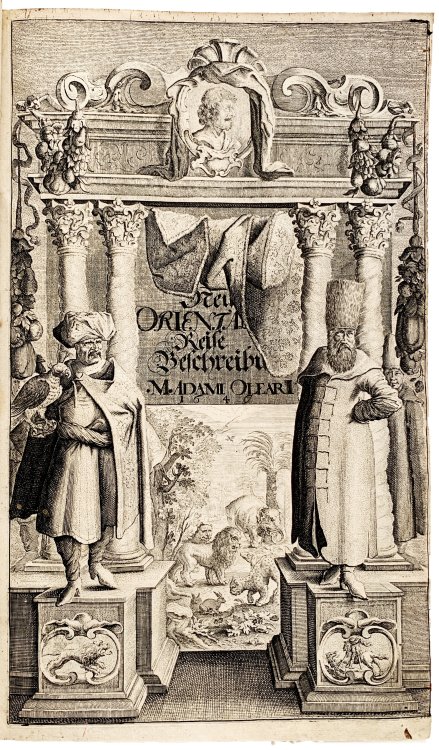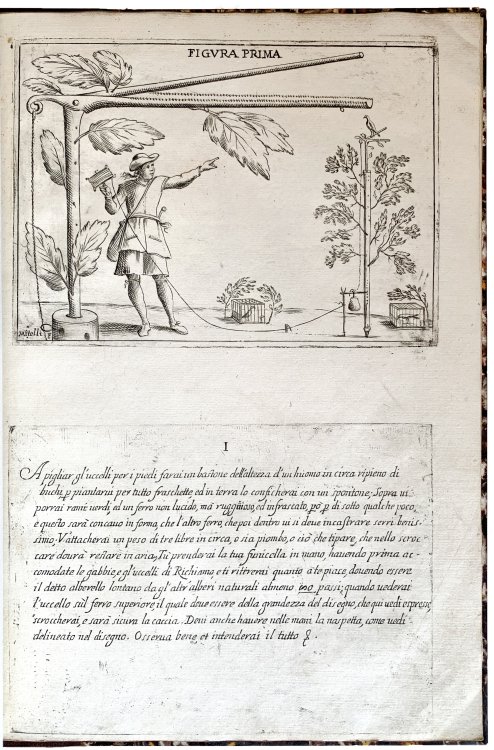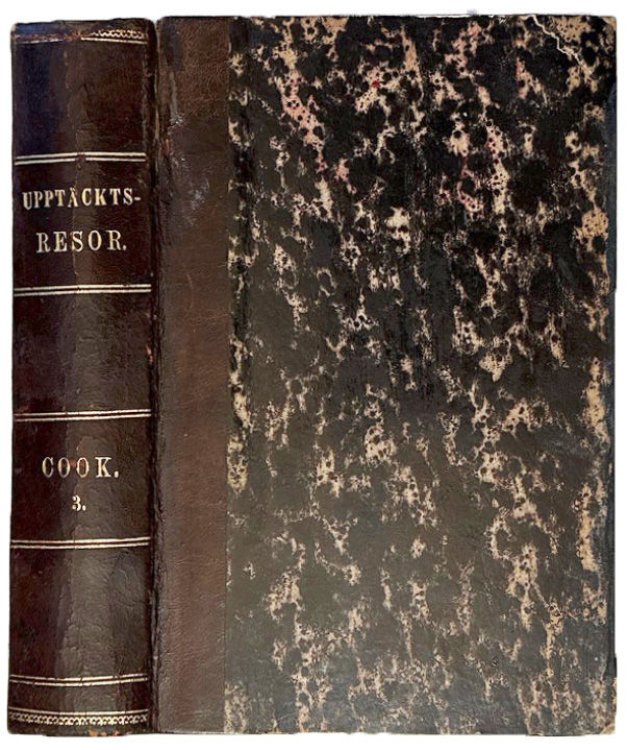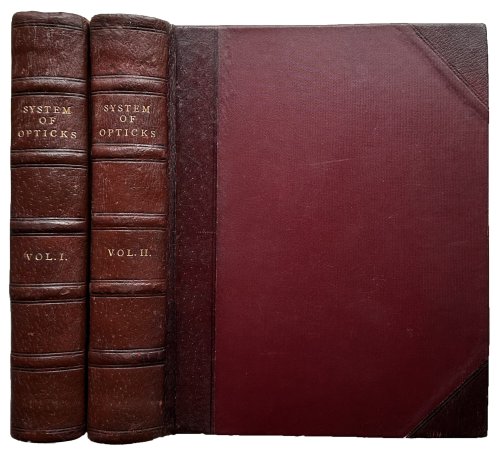
Status of weak interactions.
$100.00 USD • Used
272 x 202 mm. 4to. Pages 834-838. [Entire volume: iv, 1077 pp.] Full orange buckram, gilt spine. Ex library rubber stamps (those on edges obscured). Ownership name in gilt on top cover. Very good....
Store: JeffWeberRareBooks [View Items]
272 x 202 mm. 4to. Pages 834-838. [Entire volume: iv, 1077 pp.] Full orange buckram, gilt spine. Ex library rubber stamps (those on edges obscured). Ownership name in gilt on top cover. Very good. FIRST EDITION. Gell-Mann's paper is the last in a series presented at a Conference on Weak Interactions held at Gatlinburg, Tennessee, October 27-29, 1958, in which Gell-Mann summarizes the current state of knowledge about weak interactions. In the 1950s physicists - using particle accelerators which fired beams of particles at stationary targets, measured particles created by the resulting collisions - had created many more kinds of subatomic particles than the protons, neutrons, and electrons with which they were familiar. As the number of particles grew, several were found to exhibit what was called "strange" behavior. The rate at which they were created in certain collisions with other particles suggested that their behavior was governed by the strong nuclear force, which characteristically acts very rapidly. The strong force, the weak nuclear force, electromagnetism, and gravity make up the four fundamental forces that are believed to underlie all phenomena. The strange particles took a surprisingly long time to decay, however, which should not have been the case if they were governed by the strong force. The rate at which they decayed seemed to indicate that this process was governed by the much slower weak force. Murray Gell-Mann was awarded the Nobel Prize for Physics in 1969 "for his contributions and discoveries concerning the classification of elementary particles and their interactions." - Wasson, Nobel Prize winners, pp. 370-372. Murray Gell-Mann joined the faculty of the California Institute of Technology in 1955 as an associate professor; the following year he became a full professor, and in 1967 he was named Robert A. Millikan Professor of Physics. First Edition.
Product Info
Publisher: Reviews of Modern Physics, Vol. 31, No. 3, July, 1959.
Year: 1959
Type: Used
Binding: Softcover
Seller Info
JeffWeberRareBooks
Address: Place Pury 9 Neuchâtel,
Website: https://www.weberrarebooks.com
Country: Switzerland






